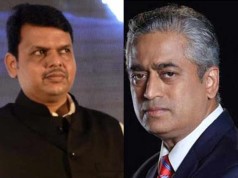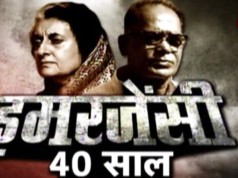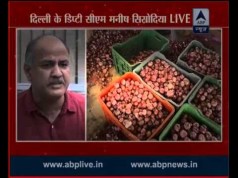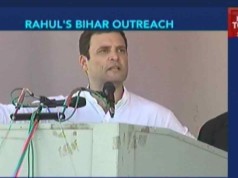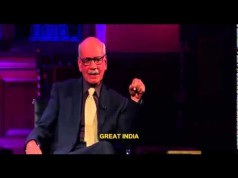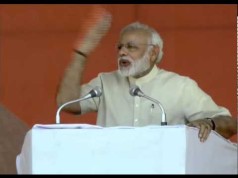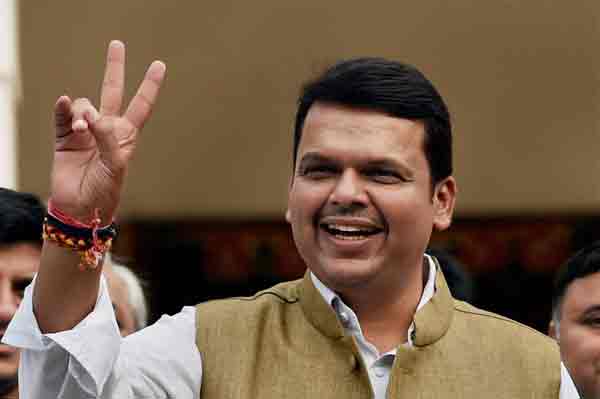The home-grown hardcore separatist Maasrat Alam, who was also the mastermind of the stone-pelting spree in Jammu and Kashmir that claimed a number of lives, was set free in the second week of March after the Mufti Mohammad Sayeed-led PDP-BJP coalition government took charge.
A hue and cry followed the release. Protests were registered across the nation. Union Home Minister told the Parliament that the Centre was not consulted before the dreaded terrorist was released. BJP leaders threatened to review their support to the Mufti government if such things continued in future.
However, documents later revealed that the process of Alam’s release was initiated by the previous National Conference (NC)-Congress government in September 2014, prior to the state elections. His release was approved in February 2015 when the state was under Central rule with BJP in power. Governor N N Vohra was acting as Modi government’s representative in the state then.
The letters exchanged between Jammu district magistrate and Additional Secretary Home of Jammu and Kashmir contradict both Prime Minister Narendra Modi and Home Minister Rajnath Singh’s assertion that the Centre was unaware of the development as its consent was not sought.
Alam was put in jail for years. It was only after the state failed to prosecute him properly, the court of law held his detention illegal. Mufti government only upheld the directions of the Supreme Court of India which had made clear that any detention without approval for more than 12 days will be deemed illegal.
There is much similarity in the case of Rehman Lakhvi also. His detention was held illegal by the Lahore High Court after the state failed to produce enough evidence against him.
The question remains if the Indian government failed to produce evidence against Alam in Indian courts, what moral right does it have to criticise Pakistan for Lakhvi’s release? Isn’t it double standard? It may sound anti-Indian. Let Indian agencies prove it false.


